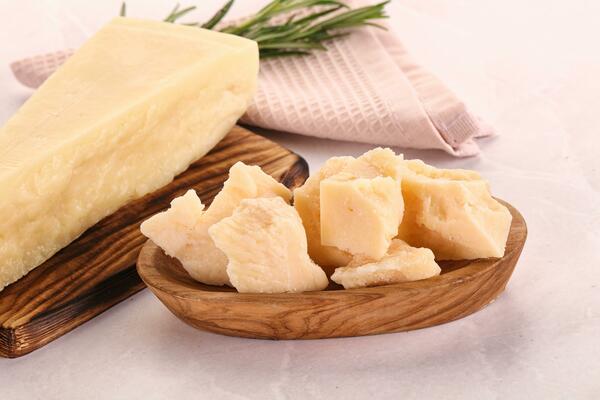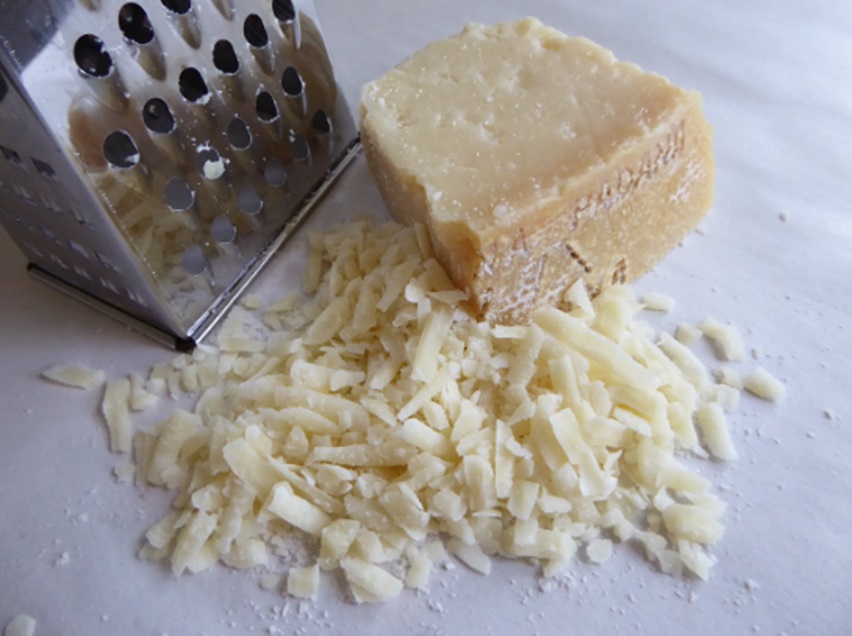At a Glance:
- Parmesan cheese can be aged from 12 to 36 months, each period offering unique flavours and textures.
- High-quality pre-grated Parmesan can match the taste and texture of freshly grated cheese if sourced from reputable suppliers.
- Parmesan cheese is not limited to Italian cuisine; it enhances dishes from various culinary traditions.
Parmesan cheese, a beloved ingredient in many kitchens, often falls victim to several myths and misconceptions. Understanding the truth about Parmesan can help both consumers and chefs make better choices, especially when considering bulk parmesan cheese for various culinary needs. Let’s debunk some of the most common myths surrounding this versatile cheese.
Myth 1: Parmesan Cheese is Always Aged for 24 Months
Many believe that Parmesan cheese is always aged for 24 months to achieve its distinct flavour and texture. While aging does play a critical role in developing the cheese’s unique characteristics, the aging process can vary significantly. Parmesan can be aged anywhere from 12 to 36 months, each duration offering a different taste and texture profile.
12 Months: Parmesan, aged for 12 months, has a milder flavour and softer texture, making it suitable for recipes that require melting.
24 Months: This is the most common aging period, resulting in a balanced flavour with a firm texture, perfect for grating over dishes.
36 Months: Aged for a longer period, this Parmesan has a more intense, nutty flavour and crumbly texture, ideal for serving as a table cheese.
When purchasing bulk parmesan cheese, it’s essential to check the aging period to match it with your culinary requirements.
Myth 2: Pre-Grated Parmesan is Not as Good as Freshly Grated

A pervasive myth is that pre-grated Parmesan cheese is inferior to freshly grated Parmesan. While it’s true that some pre-grated cheeses might not match the quality of fresh ones, high-quality pre-grated Parmesan can be just as good.
Reputable cheese suppliers ensure that pre-grated Parmesan retains its flavour and texture, providing convenience without sacrificing quality. For those who need to buy in bulk, pre-grated Parmesan can be a practical choice, offering the same rich taste and ease of use.
Myth 3: Pre-Grated Parmesan Contains Cheap Fillers and Excess Powder
Another common misconception is that pre-grated Parmesan cheese contains cheap fillers and excess powder to prevent clumping. While this can be true for lower-quality products, many high-quality suppliers offer 100% Parmesan cheese without additives.
When sourcing bulk parmesan cheese, it’s crucial to select a reputable supplier known for their commitment to quality. This ensures that the pre-grated cheese you purchase is pure Parmesan, providing the same culinary excellence as freshly grated options.
Myth 4: Parmesan Cheese is Only for Italian Dishes
Parmesan cheese is often associated exclusively with Italian cuisine, but its uses extend far beyond pasta and risotto. This versatile cheese can enhance a variety of dishes from different cuisines.
American: Sprinkle Parmesan over roasted vegetables or incorporate it into macaroni and cheese for an added depth of flavour.
French: Use Parmesan in soufflés or gratins to create a rich, SA taste.
Asian: For a unique twist, add Parmesan to fusion dishes, like Parmesan-crusted tofu or sauces.
The ability to buy bulk parmesan cheese means you can explore these diverse culinary applications without worrying about running out of this essential ingredient.
In conclusion, understanding the facts about Parmesan cheese helps in making informed choices, especially when purchasing bulk parmesan cheese for diverse culinary needs. Knowing the necessary facts about your cheese can really fire up your cooking game. By debunking these myths, you can fully appreciate the versatility and quality that Parmesan cheese brings to your cheese-based recipes.




